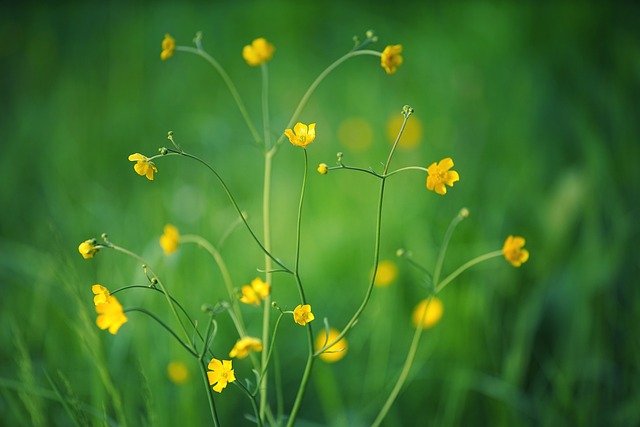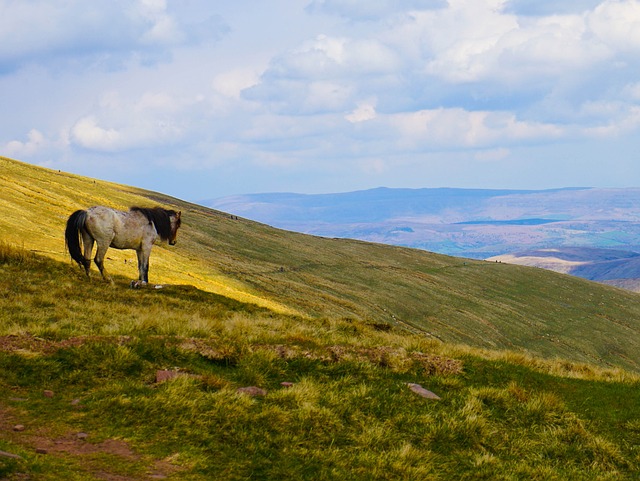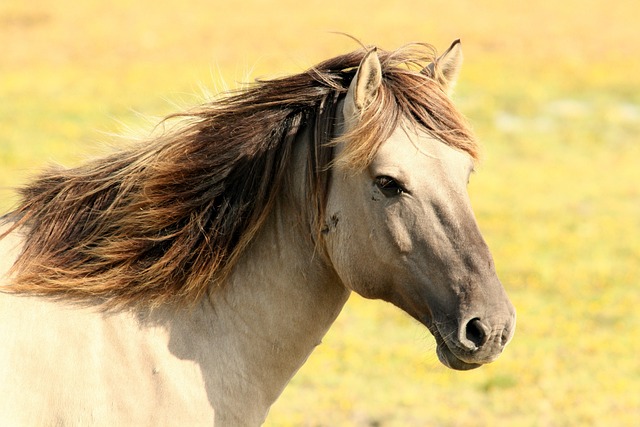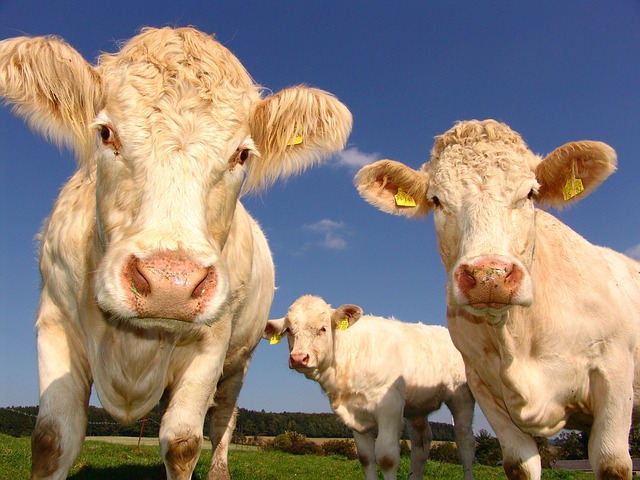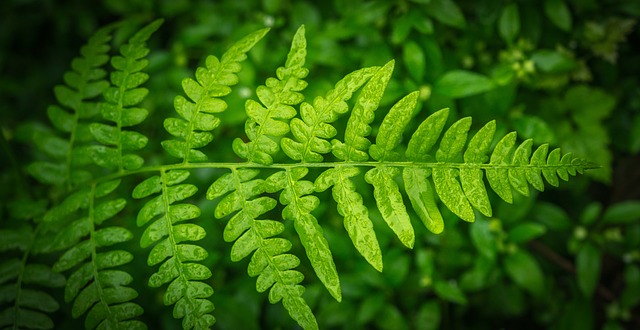
Bracken Fern
February 1, 2023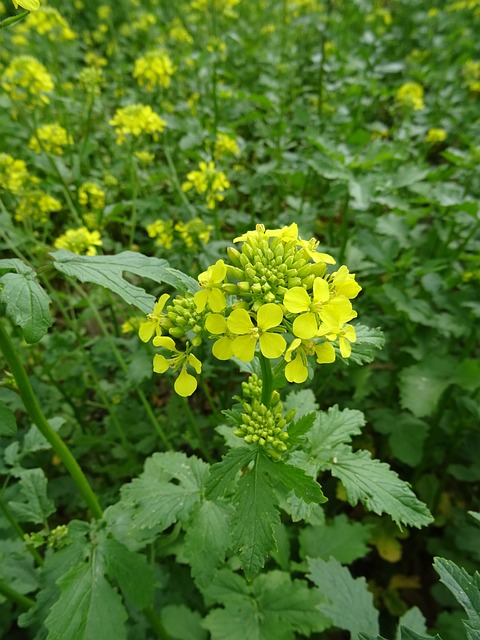
Charlock
February 1, 2023Buttercups are a common sight in the UK and are often associated with the spring and summer months. While they are a beautiful and popular wildflower, they can also be harmful to horses if ingested. In this blog, we will explore the characteristics of buttercups and the toxic effects they can have on horses.
Buttercups are a genus of flowering plants known scientifically as Ranunculus. There are many species of buttercups found throughout the UK, with the most common being the bulbous buttercup (Ranunculus bulbosus) and the creeping buttercup (Ranunculus repens). These plants have bright yellow flowers that sit atop stems that can reach up to 60cm in height. The leaves of buttercups are usually dark green and shiny, and they are often lobed or divided into several smaller leaves.
Horses are known to be particularly susceptible to the toxic effects of buttercups. This is because the plant contains ranunculin, which is a toxic substance that can cause irritation and damage to the digestive system of horses. Ingesting even small amounts of buttercups can cause a range of symptoms, including colic, diarrhea, and abdominal pain. In severe cases, the toxic effects of buttercups can lead to death.
To prevent horses from ingesting buttercups, it is important to keep pastures free of these plants. This can be achieved by removing buttercups by hand or using herbicides. It is also important to keep horses away from buttercups when they are out to pasture. This can be achieved by fencing off areas of land that are known to contain high populations of the plant.
In conclusion, while buttercups may be a beautiful sight in the UK, they can be dangerous to horses if ingested. Horse owners and caretakers should take steps to prevent horses from coming into contact with buttercups and should seek veterinary care if they suspect their horse has ingested the plant. By being aware of the dangers of buttercups, we can help protect our horses from the toxic effects of this plant.

